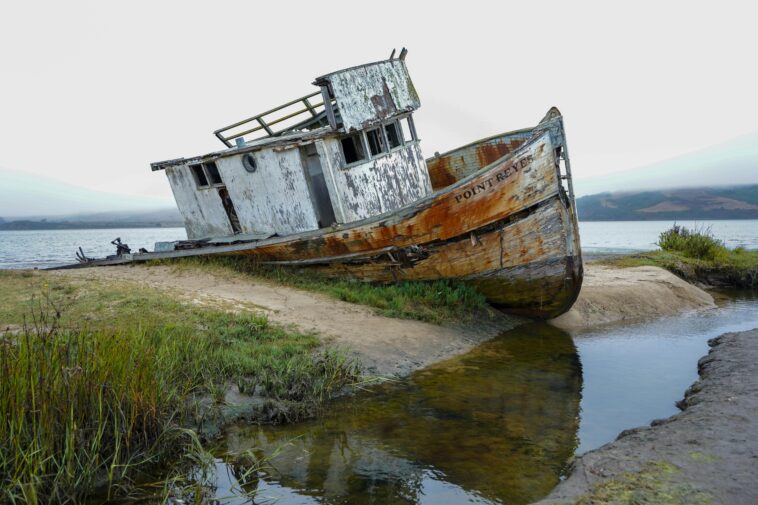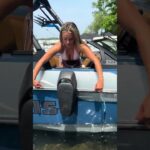In the bustling waters of Haulover, a small boat experiences a challenging moment as it takes on more water than anticipated. Captured in this exciting video by Wavy Boats, the scene unfolds with the boat struggling through the waves, showcasing both the thrill and unpredictability of boating adventures. You’ll witness the raw power of nature and the resilience of those at sea in this compelling clip.
The article captures the essence of this wild moment and provides insight into the conditions that led to such an event. It highlights the importance of being prepared and aware when navigating busy waterways like Haulover, ensuring that anyone on the water understands the potential challenges they might face.
Overview of Haulover Inlet
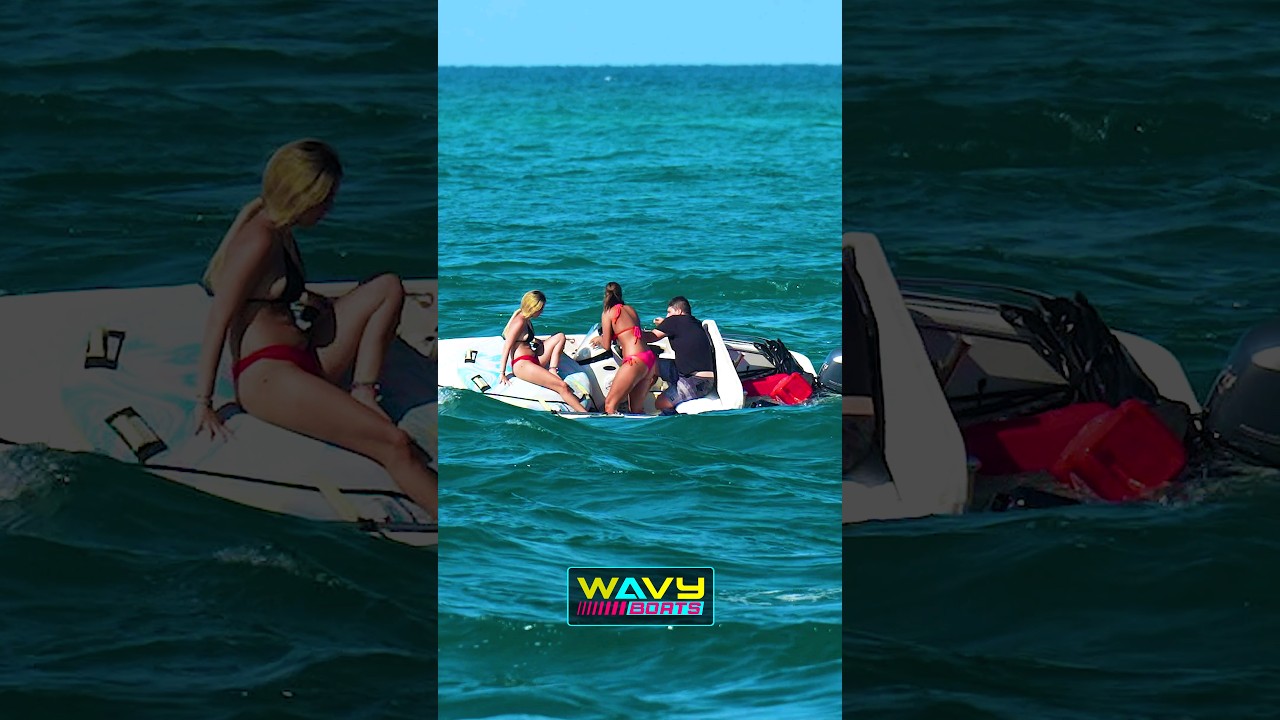
Geographical Features
Haulover Inlet is a stunning and popular boating area located in Miami-Dade County, Florida. This natural waterway separates the bustling Haulover Beach from the Intracoastal Waterway, creating an ideal playground for boaters. The inlet is uniquely shaped, featuring a narrow entrance that widens into a broad channel. With sandy beaches on one side and lush landscapes on the other, it is not only a beautiful backdrop for boating but also a hub for various water activities. The combination of these geographical features makes Haulover Inlet a hotspot for recreational and commercial boating enthusiasts alike.
Historical Significance
The historical significance of Haulover Inlet cannot be overstated. Originally a navigable channel for Native Americans, it gained recognition in the late 19th century as a crucial passage for fishing boats and trade vessels. Over the years, it has been a key site for several maritime industries, including commercial fishing and tourism. In the mid-20th century, the inlet underwent significant modifications to improve navigation and safety for small boats and larger ships. This development, while beneficial, also highlighted the need for ongoing attention to safety protocols and environmental preservation.
Common Boat Activities
In and around Haulover Inlet, you can expect to see a diverse range of boat activities. From sailing and fishing to jet skiing and paddleboarding, the inlet is alive with the joyful sounds of watercraft. Many boaters flock to the area to enjoy leisurely cruises and family outings, while others participate in more adventurous pursuits like wakeboarding and tubing. The inlet also serves as an ideal spot for those who wish to catch a glimpse of local wildlife or spend a day soaking in the sun on a beach nearby.
Incident Description
Timeline of the Event
Recently, an incident at Haulover Inlet grabbed the attention of the local boating community. The event unfolded in the late afternoon, when a small boat succumbed to taking on too much water. Eyewitnesses reported seeing the boat struggling against rising waves before water began to fill the vessel. Within moments, the situation escalated, leading to dramatic scenes as nearby boaters rushed to assist. The swift response of fellow boaters played a crucial role in mitigating the potential disaster.
Conditions Leading to the Incident
The unfortunate incident was precipitated by a combination of factors. The weather conditions at the time were less than ideal, with gusty winds stirring up choppy waters. This created an unsafe environment for smaller boats that are less equipped to handle turbulent conditions. Additionally, the boat involved was reportedly overloaded, which contributed significantly to the rapid water ingress. Together, these conditions formed a perfect storm for an incident that could have had serious consequences.
Bystander Reactions
As the situation unfolded, bystanders responded quickly and decisively. Many nearby boaters and beachgoers witnessed the emergency and immediately sprung into action. Several individuals called for help while others launched their own boats to offer assistance. The swift mobilization of the boating community not only showcased the camaraderie often found among boaters but also highlighted the importance of being prepared to help one another in moments of crisis.
The Role of Small Boats at Haulover
Characteristics of Small Boats
Small boats are a common sight at Haulover Inlet, and they come in various shapes and sizes. Typically, these vessels are designed for leisure and short-range travel rather than long voyages. Small boats might include dinghies, small fishing boats, or jet skis. Their compact size allows for easy maneuverability, which is particularly useful in tight spaces and shallow waters typical of the inlet. However, while convenient, this smaller size also presents unique challenges regarding stability and sea-worthiness.
Popular Small Boat Models
Some popular small boat models frequently seen at Haulover Inlet include the Boston Whaler, Jon boats, and personal watercraft like Yamaha WaveRunners. The Boston Whaler is often praised for its unsinkable design and stability, making it a favorite among recreational boaters. Jon boats, known for their simplicity and versatility, are excellent for fishing and exploring the shallow areas of the inlet. Meanwhile, personal watercraft appeal to thrill-seekers looking for a fun day on the water.
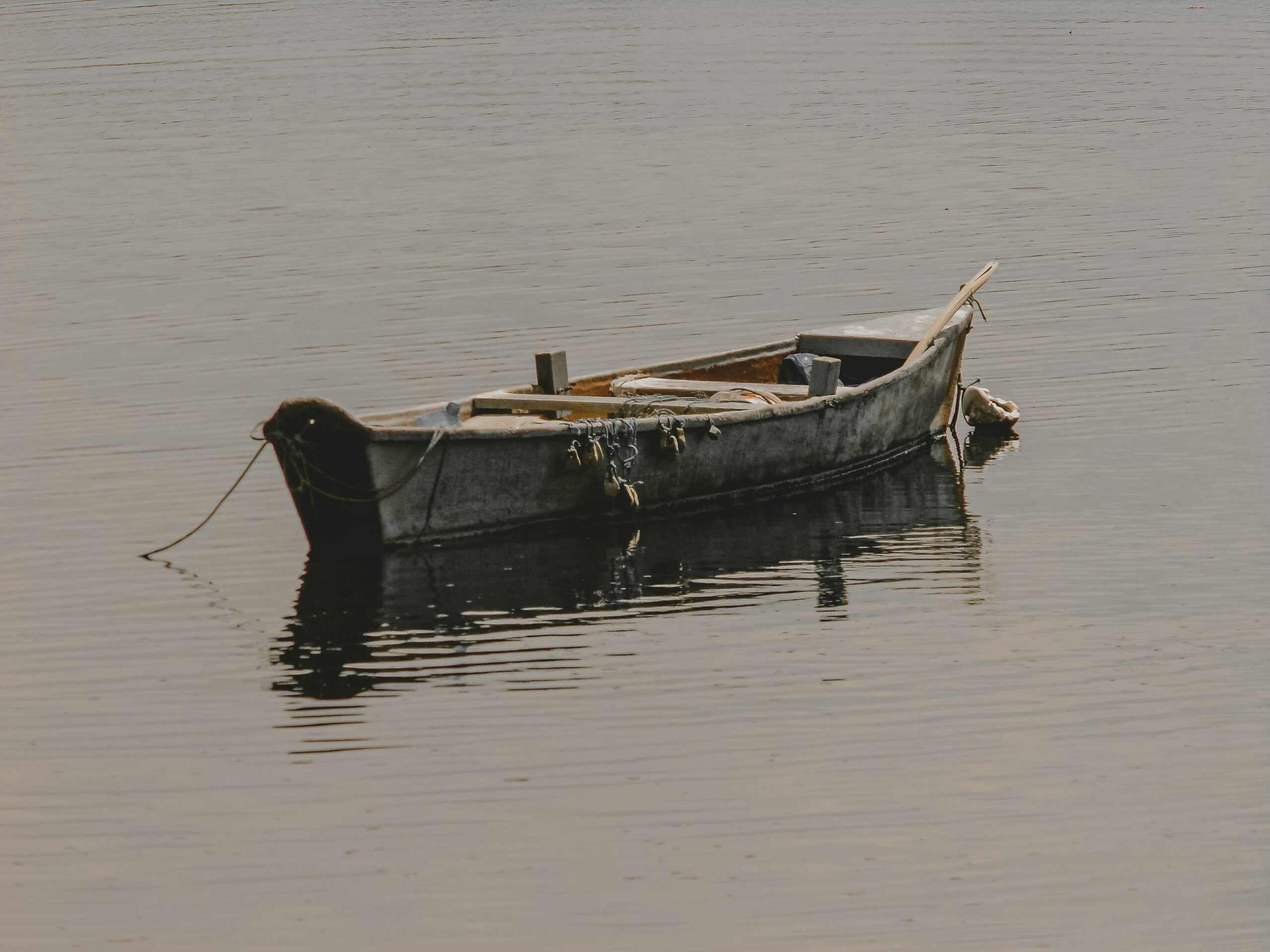
Advantages and Disadvantages of Small Boats
While small boats offer numerous advantages, they also have some inherent disadvantages. On the plus side, they’re often more affordable, easier to trailer, and more accessible for first-time boaters. Their lightweight nature allows for easy handling, whether you’re navigating the inlet’s winding paths or heading out for a day of fishing. However, these advantages come with drawbacks; small boats are more susceptible to capsizing in rough waters and can struggle in heavy winds. This makes it essential for you, as a boater, to be aware of weather conditions and boat limits before casting off.
Causes of Water Ingress
Weather and Water Conditions
The incidence of water ingress in small boats is often influenced by weather and water conditions. At Haulover Inlet, sudden gusts of wind can create turbulent waves, particularly during stormy weather. These conditions can easily overwhelm smaller vessels, leading to water entering the boat through openings or from the boat’s bow as it rides over waves. As a boater, understanding these factors can help you decide when it might be best to avoid heading out altogether.
Boat Design Flaws
Sometimes, the design of a boat may not adequately account for the stresses of traveling in unpredictable waters. Features such as poorly sealed hatches or inadequate drainage systems can contribute to water ingress. Owners of small boats should regularly inspect their vessels for any signs of wear or design flaws that could become problematic. Being proactive about maintenance not only extends the lifespan of your boat but also enhances safety for you and your passengers.
Operational Errors
Human error also plays a significant role in water ingress incidents. Overloading a small boat can compromise its stability and buoyancy. Additionally, inexperienced boaters may lack the knowledge required to navigate choppy waters safely. Being mindful of weight distribution within the vessel and understanding the vessel’s operational limits are crucial for safety. Taking the time to educate yourself on your boat’s specifications can make all the difference when it comes to preventing water ingress.
Safety Measures for Boaters
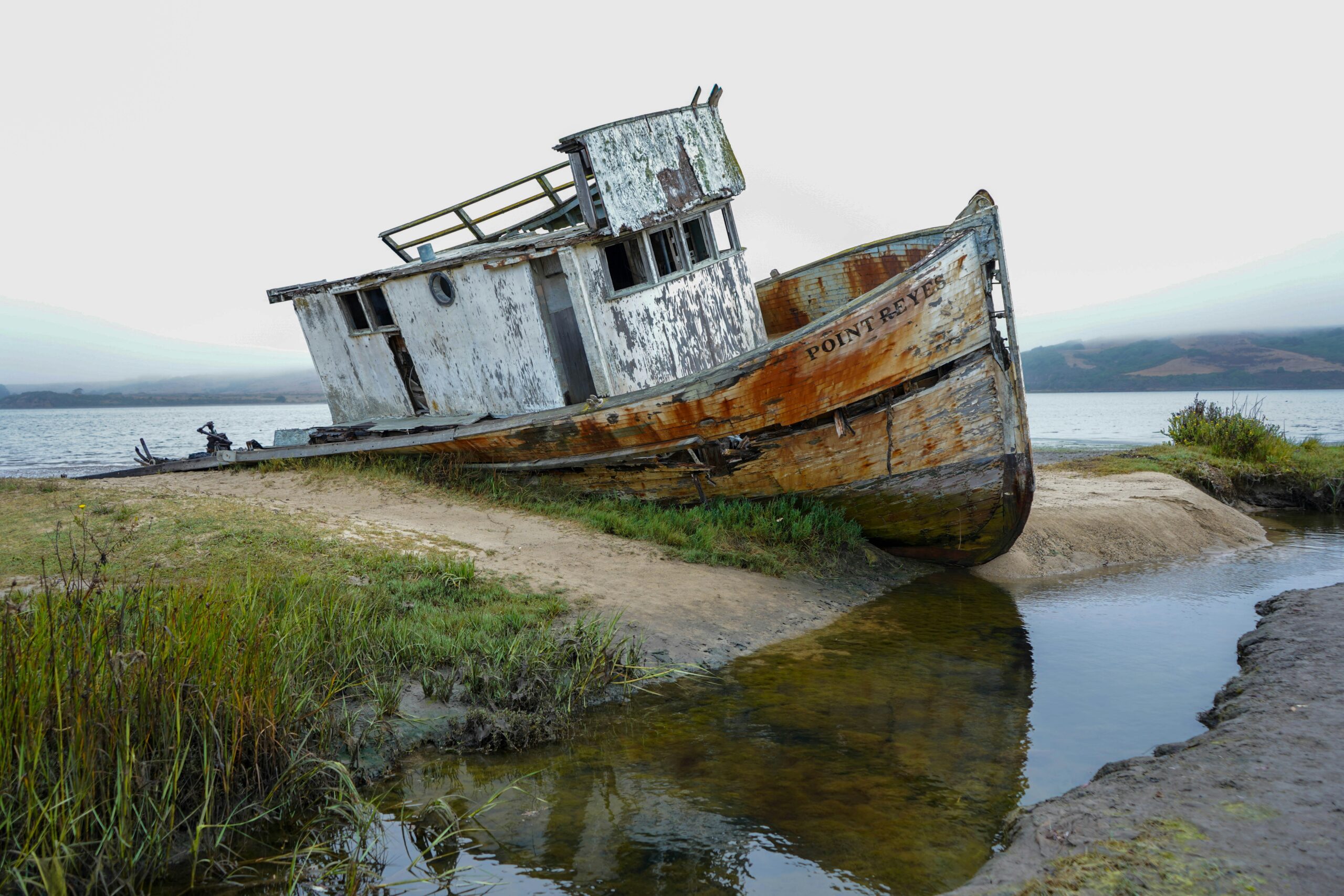
Pre-Departure Checklists
A crucial step for any boater is to conduct a pre-departure checklist before hitting the water. This checklist should include verifying that all necessary safety equipment is on board, such as life jackets, flares, and a functioning fire extinguisher. You should also check the condition of critical components like the engine, steering, and bilge pumps. Additionally, ensuring that you have a communication device and sufficient fuel for your trip cannot be overlooked. A pre-departure checklist is a way to ensure you are as prepared as possible for a safe outing.
Safety Equipment Recommendations
Having the right safety equipment on board can be the difference between a routine day on the water and an emergency situation. Essential equipment includes life jackets for each passenger, a first aid kit, a whistle or horn for signaling, and a fire extinguisher. Personal flotation devices should be U.S. Coast Guard approved and fit all passengers properly. Additionally, having a waterproof marine radio or satellite phone can help you communicate effectively in case of an emergency. Always double-check that your safety equipment is in good condition and easily accessible.
Training and Best Practices
Even with proper equipment, training and safety practices are key to ensuring a safe boating experience. You should seek out boating safety courses, many of which are easily available online or through local organizations. These courses cover vital information such as navigation rules, emergency procedures, and boat handling. Additionally, consider developing best practices for your boating routine, such as regularly rehearsing emergency drills and maintaining a proper lookout while operating your boat. Sharing this training with your passengers can instill a sense of responsibility on board, making for safer adventures ahead.
Impact of the Incident
Damage to the Boat
The incident at Haulover Inlet resulted in significant damage to the small boat involved. As water rapidly filled the vessel, it likely caused not only immediate concerns for the safety of those onboard but also long-term issues, such as damage to the engine and electrical systems. Water saturation can lead to costly repairs if not promptly addressed. For you, as a boat owner, understanding the potential ramifications of such incidents can be a valuable lesson in the importance of safety and maintenance.
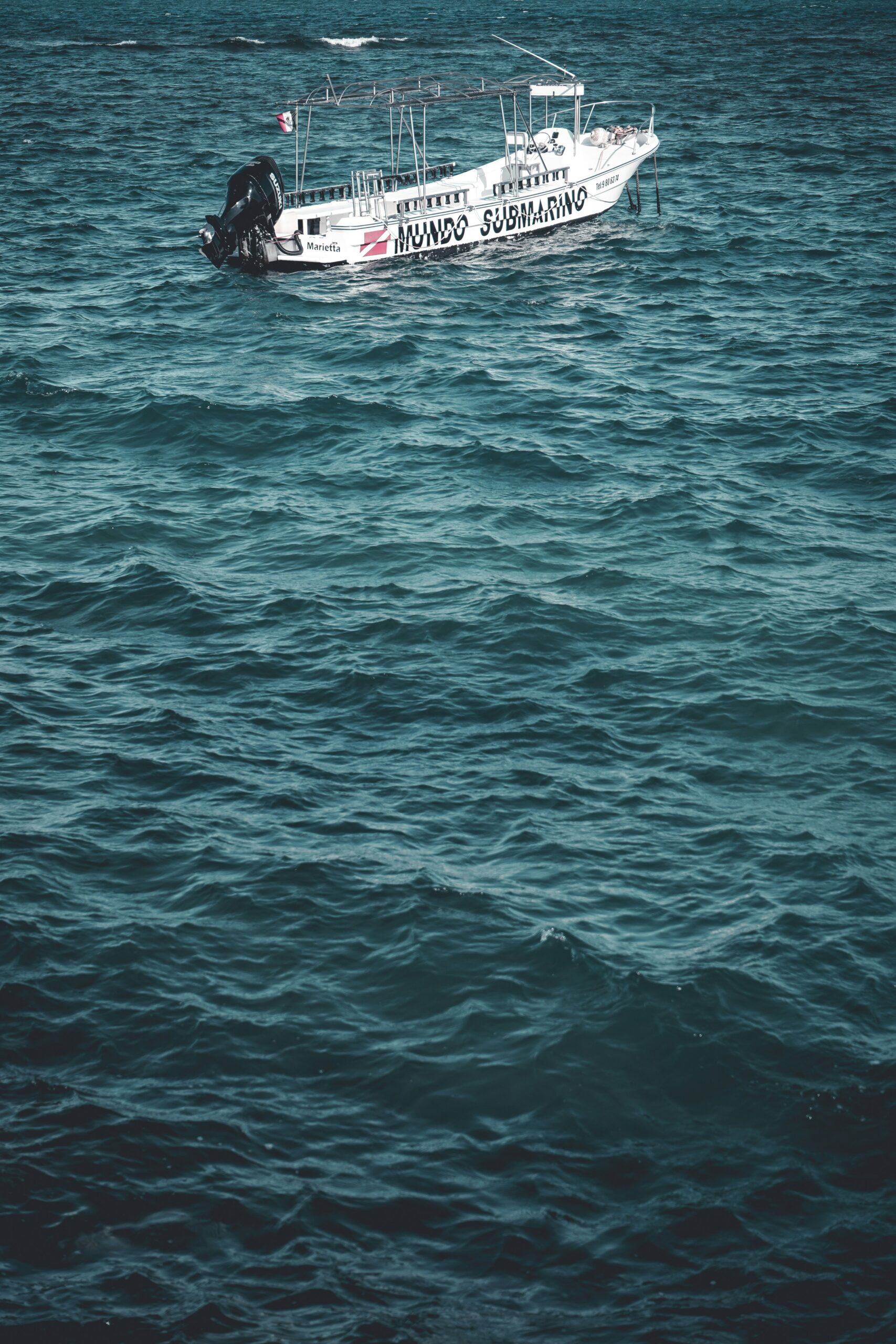
Potential Human Risk Factors
While there were no reported serious injuries following the incident, the potential human risk factors reminded everyone of the inherent dangers of boating. Sudden capsizing or being thrown overboard can lead to drowning or hypothermia, depending on the conditions. The fear and panic during such emergencies can also pose psychological risks. As a boater, it’s essential to acknowledge these risks so that you can better prepare for and address challenges on the water.
Environmental Concerns
There are also environmental considerations to take into account following any boating incident. While the boat in this situation ultimately did not pose a threat to the surrounding ecosystem, water ingress can lead to fuel or oil spills if the vessel is not properly maintained. This type of contamination can have long-lasting impacts on local wildlife and aquatic plants. As stewards of the waterway, it’s your responsibility to ensure that your boating practices are environmentally friendly and to report any spills or contamination immediately.
Responses from the Boating Community
Social Media Discussions
The incident at Haulover Inlet sparked extensive discussions within the local boating community, particularly on social media platforms. Many boaters shared their experiences of similar incidents, providing valuable insights and advice. These conversations serve to foster a sense of community among boaters, encouraging everyone to prioritize safety and learn from one another’s experiences. You might want to consider following local boating groups online for a wealth of shared knowledge.
Lessons Learned from the Incident
Every boating incident holds the potential to be a learning experience, and this event was no exception. Boaters discussed the importance of adhering to safety protocols and not overloading vessels, reiterating the need for vigilance at all times. Many shared that even experienced boaters should remain cautious and deal with unexpected conditions. As you explore the waters, remember that the boating community can be a great resource for learning and adopting responsible practices.
Support for Affected Boaters
In the aftermath of the incident, many community members rallied support for the affected boaters. Offers of assistance, whether in the form of repairs or sharing safety tips, were plentiful. The unity displayed by fellow boaters serves as a reminder of the bond often formed by shared experiences on the water. As you enter the boating community, don’t underestimate the power of support and camaraderie that can elevate everyone’s boating experience.
Authority Involvement
Coast Guard Response
The United States Coast Guard played a pivotal role in responding to the incident at Haulover Inlet. Upon being alerted, the Coast Guard dispatched a team to assess the situation. Their quick response underscored the importance of having trained professionals available to assist during emergencies. While the situation was resolved without major complications, the Coast Guard’s involvement highlighted their ongoing commitment to maritime safety.
Local Law Enforcement Actions
Local law enforcement agencies also monitored the situation at Haulover, working in collaboration with the Coast Guard to ensure public safety. Their presence in the area serves to deter irresponsible boating behaviors while reinforcing navigational rules. Citizens can feel more secure knowing that both local and federal authorities are dedicated to protecting the waterways and maintaining safety for all boaters.
Community Safety Initiatives
In response to this incident and others like it, community organizations are working together to implement safety initiatives at Haulover Inlet and similar areas. These initiatives may include educational workshops, safety checks, and community outreach campaigns targeting new and inexperienced boaters. By participating in these efforts, you can not only increase your own knowledge but also contribute to elevating awareness of boating safety within the community.
Preventative Strategies for Future Incidents
Regular Maintenance of Boats
One of the most effective preventative strategies for avoiding incidents like the one at Haulover Inlet is regular boat maintenance. Establishing a routine for checks and repairs can help you catch issues before they escalate. Inspections should focus on essential components like hull integrity, engine performance, and drainage systems. Developing a partnership with a trusted marine mechanic can ensure you have support in keeping your vessel in great shape.
Environmental Awareness Campaigns
Raising awareness about environmental stewardship is crucial for protecting waterways like Haulover Inlet for future generations. Campaigns aimed at educating boaters about responsible waste disposal, avoiding oil leaks, and reducing plastic use play a vital role in protecting aquatic ecosystems. You can actively participate by engaging in or supporting local initiatives that promote eco-friendly boating practices.
Community Boating Reviews
Organizing community boating reviews or safety workshops can provide boaters with resources and information needed to operate their vessels safely. These reviews can include discussions on navigating local waterways, best safety practices, and environmental considerations. Bring your own experiences to share, and learn from others. Be a part of this active community so you can enjoy safe and responsible boating.
Conclusion
Summary of Key Points
The incident at Haulover Inlet serves as a crucial reminder of the importance of boating safety. By recognizing the geographical features, understanding common boating activities, and remaining vigilant about weather conditions, you can ensure better experiences on the water. Utilizing proper maintenance, safety gear, and training can further improve your safety and enjoyment. Additionally, fostering a supportive boating community can lead to positive experiences and valuable learning.
Call for Increased Boating Safety
As a member of the boating community, it’s essential to advocate for increased safety measures and awareness. Every time you venture onto the water, you have an opportunity to promote responsible boating, not only for yourself but also for fellow boaters. By sharing your knowledge, participating in community initiatives, and heeding safety protocols, you can help cultivate a culture of safety and respect on the water.
Encouragement for Responsible Boating
Responsible boating is not just a practice; it’s a mindset. Embrace your role as a steward of the waterway by prioritizing safety in all your outings. Enjoy all that Haulover Inlet has to offer, but do so with an awareness of your surroundings, the environmental impact, and a preparedness for unexpected changes. Together, let’s create a safer boating environment for all!
Small boat takes on too much water at Haulover! | Wavy Boats



